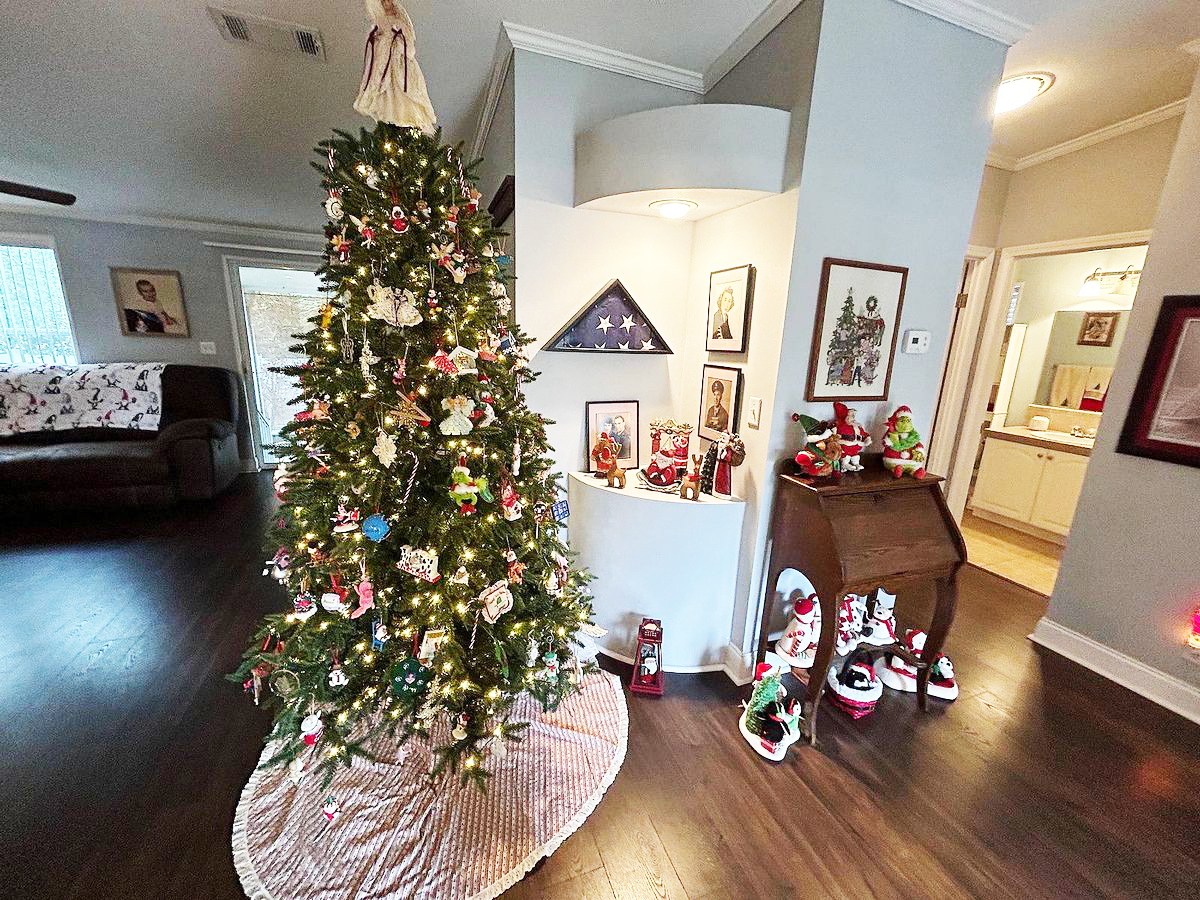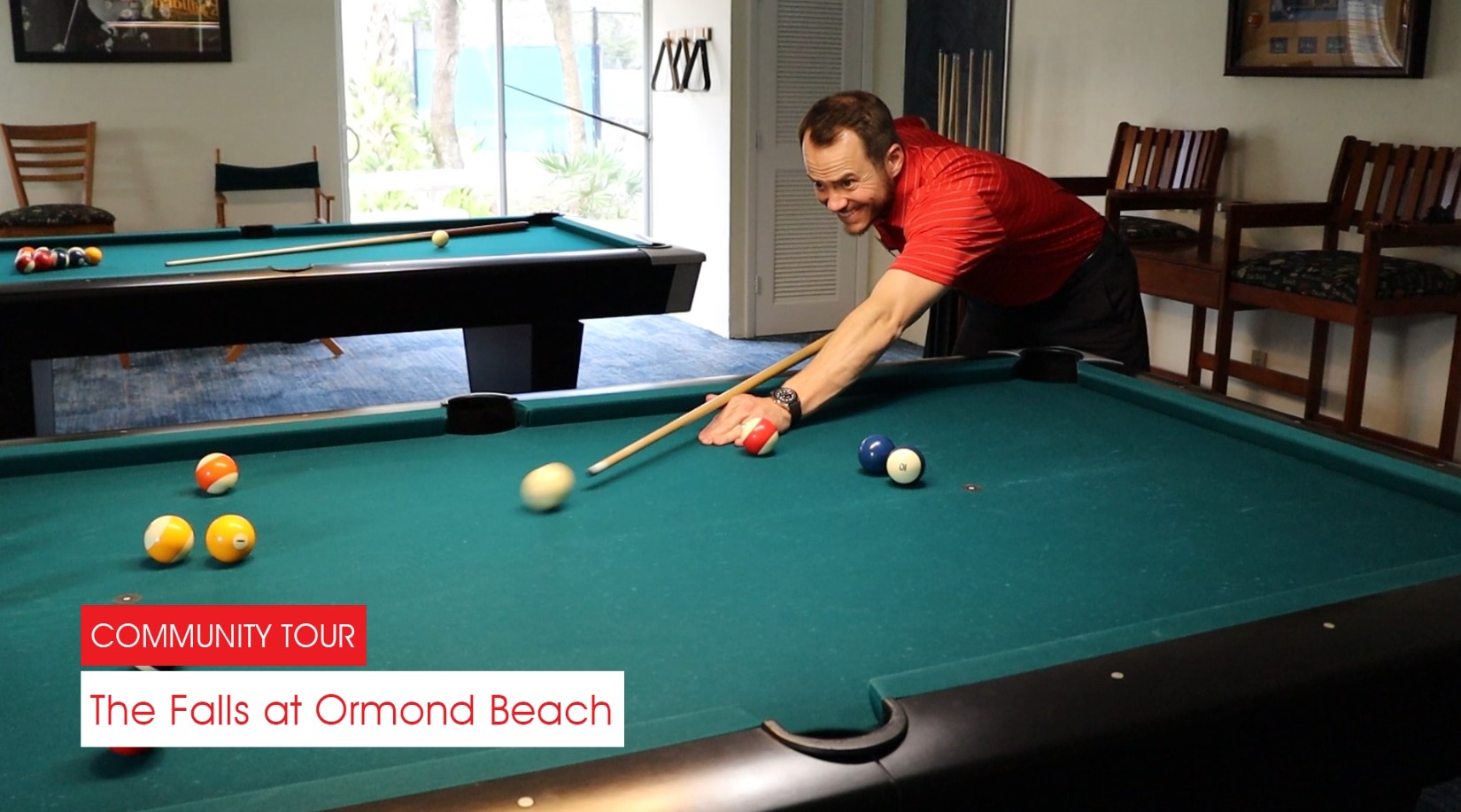(Originally published on MHVillage.com)
The Role of Mobile Home Insulation
Insulation plays an important role in maintaining the livability of your mobile home. The proper insulation will not only ensure that your home remains comfortable throughout the year, but it can also save you significant money on heating bills.
The main difference between mobile and manufactured homes is their time of construction. The mobile home is the name for the homes built before 1976 when the construction became more strictly regulated. A home built after these regulations is referred to as a manufactured home.
If you live in an older mobile home, there is a good chance that it has poor insulation, if any at all. There is also a possibility of gaps in insulation throughout your home. This is all a result of minimal supervision of building standards prior to 1976. So, once you start planning a renovation, insulation should be your top priority, especially if you want to winterize your mobile home.
Our beginners’ guide to mobile home insulation will provide you with all of the information you might need.
Types of Mobile Home Insulation
There are different types of mobile home insulation you could go for. We’ll cover the most popular ones.
Blanket Insulation
This mobile home insulation comes in two forms – batts and rolls. Batts are rectangular pieces that you buy in a bundle, while rolls are cut differently and you get them in a long roll. This is one of the most common types of insulation. The batts and rolls are usually made of fiberglass, mineral wool, or natural fibers. The fibers are flexible and you can cut them to fit into spaces like studs and joints.
Foam Boards
Foam boards are much more rigid than blanket mobile home insulation. It provides excellent thermal resistance. People use it for roof insulation as well as belly board for mobile homes.

Loose-Fill or Blown-In
These types of mobile home insulation are great for spaces in odd shapes as well as obstructed parts of the mobile home. It is incredibly flexible and is often used as insulation for older mobile homes.
Spray and Injection Foam
Spray and injection foam have gained a lot of traction in recent years, but the jury’s still out on them. They are liquid in their container but foam, expand and harden once they are out. Their main advantage is that they are great for use in enclosed spaces such as walls. They can reach even the smallest spaces. However, some research has shown that other types provide much better insulation. In addition, using spray and injection foam can get quite messy.
What type of insulation should you use under a mobile home?
These different types of mobile home insulation can be made from a variety of different materials. Some of them work better than others, and some are more appropriate for certain parts of the home only. When it comes to the underbelly of a mobile home, experts suggest it is best to use closed-cell spray foam insulation. Using fiberglass and cellulose can be effective, but these materials soak up any water in the ground. This can lead to mold and even rot over time. Open-cell spray foam will react similarly and is better suited to walls as we mentioned above.

How much does it cost to change the insulation under a mobile home?
The price of your mobile home insulation will depend on many different factors, but mainly the material you choose to use and whether or not you decide to do it on your own or hire professionals. Here is a range of prices for different materials 1,000 square feet:
- Open-cell spray foam: $350 to $550;
- Closed-cell spray foam: $1,000 to $2,000;
- Blown-in: $500;
- Fiberglass batts: $640 to $1,100.
These are all prices of materials. If you decide on DIY, you can manage your mobile home insulation at quite an affordable price. However, you might not want to take your chances. This is particularly true if you have just bought a mobile home and are about to move in.
If you managed to recognize good service when it came to your movers, you should be able to find appropriate help for the insulation job. Hopefully, you had a home inspection before closing the deal. The home inspector should have made you aware of the potential renovation expenses.
How do you insulate a mobile home?
Proper mobile home insulation is both budget- and environment-friendly. The US department of energy has a list of suggested measures to make your mobile home energy-efficient. Besides installing new doors and windows to help keep the air in and making general repairs, the main idea is to add insulation to the belly, walls, and roof of your mobile home. Installing insulated skirting as well as a belly wrap are also on the list. So how do you go about it?

Experts suggest always hiring professionals to do this for you as there are many variables to think of. There are plumbing and wiring to consider, as well as causing possible structural problems when dealing with walls and ceilings. Roof insulation can get particularly tricky and is too big of a project to DIY, especially if you are inexperienced. You might not just cause damage to your home, but also to yourself.
Should you insulate the home skirting as well?
As many mobile homes sit at least 36 inches off the ground, mobile home skirting protects the underside of your home. If you are en route to making your home energy-efficient, your mobile home insulation project should definitely include insulating the home skirting as well. Some sources suggest that insulating the home skirting can reduce your energy spending by as much as 25 percent. As is true with the rest of your mobile home insulation, the investment will surely pay off in the long run.
Final Tips
If you are buying a manufactured home, get an inspection to make sure they take a look at the insulation around the house. Nowadays, there are many choices for insulation depending on your home, budget, and whether you decide to hire a professional, or tackle the project yourself.
Homebuilding in manufactured housing has come a very long way in recent years. Learn more about modern mobile homes and the incredible features they offer buyers today.















































































